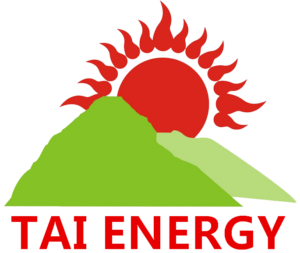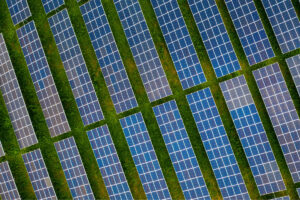The Sun is a vast and endless clean energy center, and the nuclear fusion reaction from “hydrogen” to “helium” inside the Sun has been ongoing for billions of years. The energy power it radiates into space is 38 billion kilowatts, of which 1 in 2.2 billion reaches the Earth’s atmosphere, 30% is reflected by the atmosphere, 23% is absorbed by the atmosphere, and the rest reaches the Earth’s surface, with a power of 80 billion kilowatts, That is to say, the energy that the sun shines on Earth every second is equivalent to the heat released by burning 5 million tons of coal. Wind energy, hydro energy, ocean temperature difference energy, wave energy, biomass energy, and some tidal energy on Earth all come from the sun; Even fossil fuels on Earth, such as coal, oil, natural gas, etc., are fundamentally stored solar energy from ancient times. Therefore, the broad definition of solar energy includes a very large range, while the narrow definition of solar energy is limited to the direct conversion of solar radiation into photothermal, photoelectric, and photochemical energy. Developing and utilizing solar energy as an important alternative energy source in the energy system can be said to be the ultimate ideal of human energy strategy. The utilization of solar energy by humans has a long history. China knew as early as the Warring States period over two thousand years ago how to use a tetrahedral mirror to focus sunlight for ignition; Using solar energy to dry agricultural and sideline products. In modern times, the utilization of solar energy has become increasingly widespread.
A solar power plant is a device that converts solar energy into electricity using solar cell modules, and is a clean and renewable energy source for the Earth.








